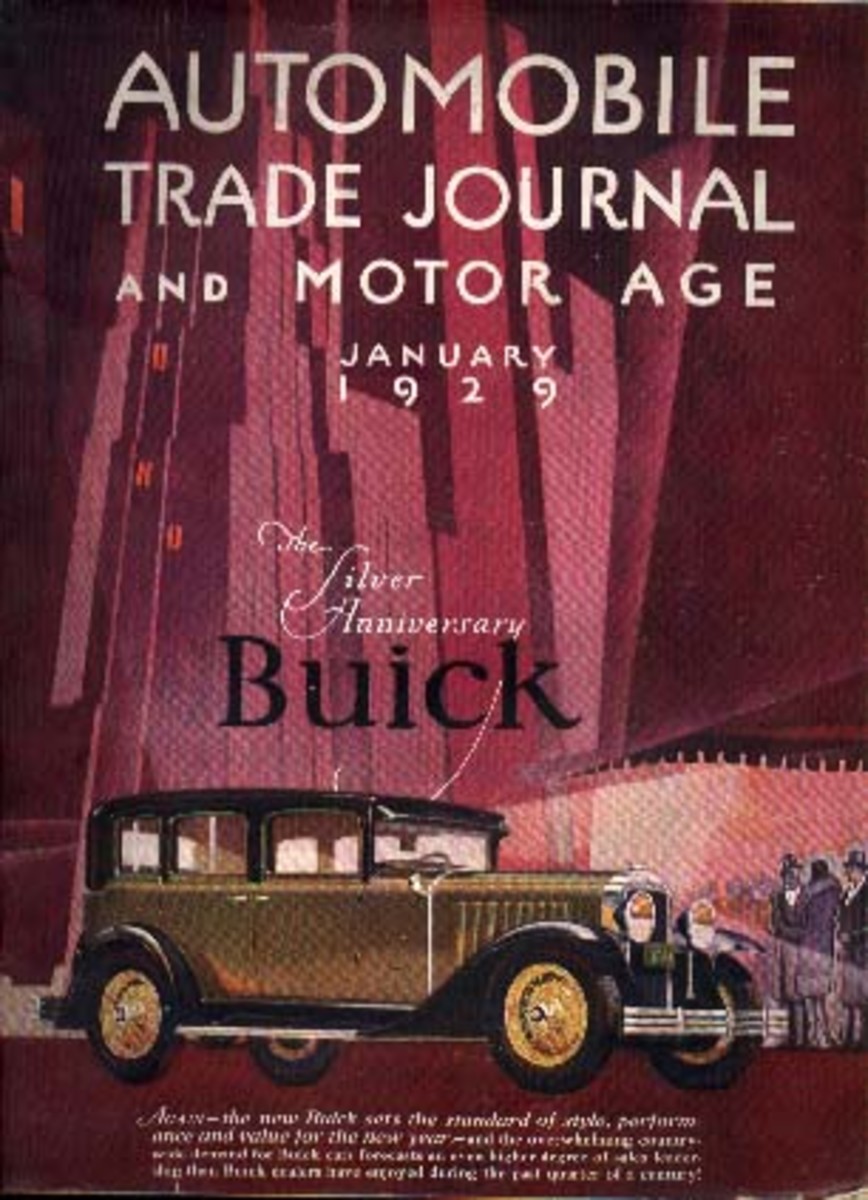Ford Model T: How to Drive The Car That Moved The World - XCAR

1929 Automobile Trade Journal and Motor Age showcasing a Buick

Listing of patents on automobiles from 1888 to 1907

Chart of Production vs. Cost of Ford Cars, 1908 to 1924
Cars in the 1920s
Updated on January 6, 2014
Written by Rankreel.com
(video above for reference only)
Written by Rankreel.com
(video above for reference only)
In the 1920’s cars had just become a commodity, with the Model T by Ford Motor Company, cars became more and more mainstream. Ford had the first assembly line of automobiles geared towards mass manufacturing.
Cars were becoming so mainstream that by 1929 some forty-three companies were manufacturing automobiles, those of which included: Buick, Stutz, Whippet, Pierce Arrow, Hudson, Essex, Franklin, Durant, Peerless, Marmon, Chrysler, and Dodge all had come around into the automobile industry.
With prices dropping each year since the 1920s, the Model T became one of the most widely used cars by 1924, it accounted for half the worlds’ sales in cars. In 1923 GM sold more than 800,000 vehicles, making more than $80 billion as profit. As sales were not up to par, as good as they should have been, Ford quickly began thinking about ways to reduce costs. He came up with the idea of using interchangeable parts on an assembly line. Instead of a single worker producing a car from beginning to end, each worker would be trained to perform a single task in the process, much like assembly lines today. By 1914 he had reduced the cost to $490, and by 1921 the Model T cost only $310.
At the time, increased competition in the market drove the automotive industry. Some of those include Jordan Motor Car Company, founded in 1916 by Edward “Ned” Jordan, the factory produced assembled cars until 1931 using components from other manufacturers. They excelled in the market for their styling, not performance. Their advertising focused on the cars styling and advanced features. Jordan Motor had one of the first airflow systems in their cars, putting them way ahead of their time. Sadly with the stock market crash of 1929, in which the company survived, the competition lowered their prices and Jordan motors couldnt compete, in 1931 the company ceased production. It is said Jordan motors total production was between 30,000 to 100,000 units.
With competing companies fighting for their share of the automobile market, General Motors and Dupont introduced the concept of buying cars on credit in 1919. Instead of paying cash as the market had currently done business, General Motors introduced the General Motors Acceptance Corporation (GMAC). This corporation bypassed financing through banks and sales boomed for GM, as by 1926, 75% of all car buyers were using credit to purchase their cars.
– In terms of statistics, 7.5 million automobiles were registered in the U.S. in 1919; by 1929, that number had grown to 26 million, 23 million of them passenger cars.
In 1925 the U.S. average for gasoline consumption surpassed 473 gallons. Ford hit a slump in 1927 that it had to shut down the Model T plants because they were not doing very well in sales, they planned a redesign of the Model T renamed “Model A.” Ford sold over 300,000 Model A’s before it even hit the market and sold well over fifteen million Model T’s, by now, there were more than twenty million cars on the road in America. As the outcome of the Model T decision more than 100,000 workers lost their jobs.
By the end of 1927 Chevrolet introduced a cheaper, and better-looking car than the Model T and its annual sales surpassed that of Ford’s.
With over 40 companies making cars by 1929, Ford had quite the competition on a saturated market. The automobile industry was quickly becoming a commodity and price wars were becoming common. The industry boomed, and society changed in big ways as public transportation dwindled and personal cars were becoming the norm.
For more prices on different cars of the 1920’s you can check out (cars in the 1920’s pricing). and HowStuffWorks has production numbers and prices as well.
Union Relations
Henry Ford had strong opinions —he increased his workers’ minimum wage from $2.83 per 9-hour day to $5.00 per 8-hour day in 1914 but did not accept the 1935 Wagner Act establishing trade union rights. He refused to join Chrysler and General Motors in their post-strike agreements with the United Automobile Workers Union (UAW), instead using company enforcers and spies to discourage unionization in his plant.
The 1937 “Battle of the Overpass” in which the enforcers attacked and severely injured canvassing union representatives marked a historic moment in labor history. Ford was censured by the National Labor Relations Board despite their denials. In 1941, Ford Motor Company finalized a contract with the UAW.
In 1943, Edsel Ford died of cancer at the age of 49 and his father resumed total control of the company. He died four years later of a cerebral hemorrhage at the age of 83.











